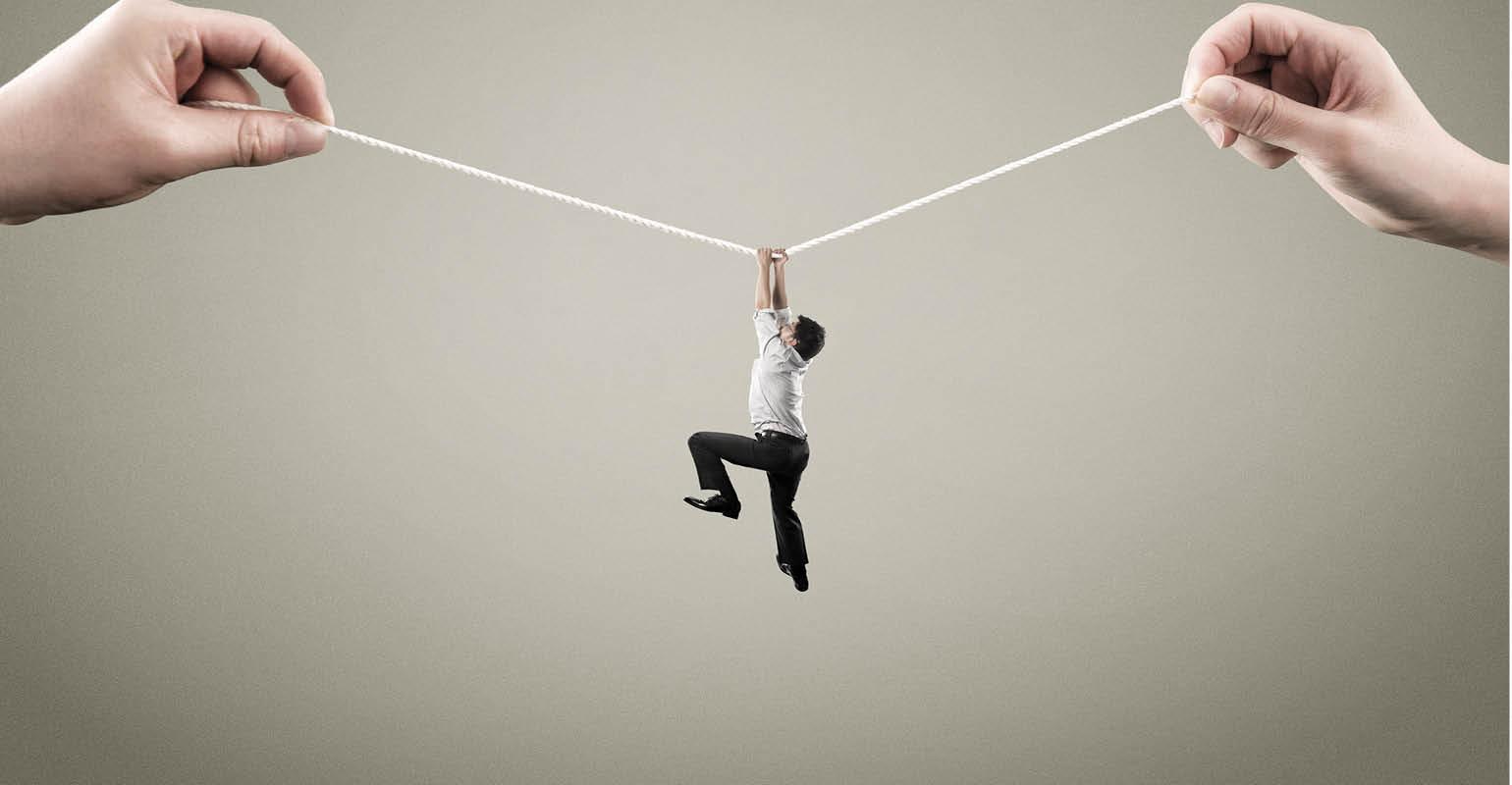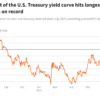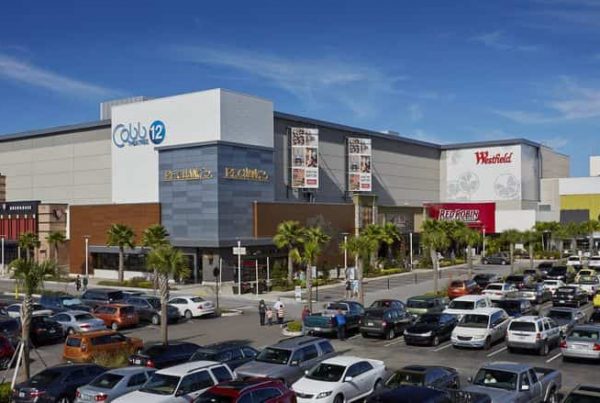As much of the U.S. goes on lockdown to curb the spread of COVID-19, many in the retail and restaurant sectors are taking a major blow.
One-third of Americans are currently under a shelter-in-place order. Shopping, except for groceries and necessities (deemed “essential services”), has pretty much ceased. Malls, theaters, gyms and other recreational venues are temporarily closed. Nike, Apple, Kohl’s, H&M and other big chains have temporarily shuttered stores.
Most restaurants and bars can only provide curbside pickup and delivery services and many have laid off employees
However, “daily needs” retailers are thriving. Supermarkets, drugstores and big-box retailers Costco, Walmart and Target are supplying groceries, prescriptions and other necessities to the still-panicked Americans flocking to these stores.
“All of the focus right now is on the immediate winners and losers,” says Rachel Elias Wein, founder/CEO of WeinPlus, a St. Petersburg, Fla.-based enterprise strategy consultant for retailers and real estate owners. “The staples/needs-based retailers in grocery, mass merchandise and pharmacy are seeing massive sales increases, while any apparel, beauty, experiential, cinema or gym operations have seen their doors shutter.”
This won’t last forever, Elias Wein notes, but some trends will linger for months or longer. “I see winners in the three- to six-month timeframe, once we’re all out and about again, focused on discount, value and self-care, including fitness and wellness.”
While many restaurants and retailers are slashing personnel, essential needs retailers are
hiring hoards of temporary employees to meet the swelling demand. Walmart is looking to hire 150,000 employees. Albertsons plans to add 30,000. CVS Health and Dollar General are hiring 50,000. Amazon is planning to hire 100,000 additional people to keep up with the onslaught of online orders. Instacart plans to add 300,000 personal shoppers as demand for grocery delivery surges.
Looking long term
Once the pandemic is finally over, what will it mean for the future of retail? What will landlords and investors consider safe and unsafe tenants moving forward?
Coresight Research reports that the coronavirus outbreak is set to trigger an unprecedented number of retail closures. As retailers shutter stores temporarily, some may never re-open. Coresight reports that more than 15,000 store closures could occur in the U.S. in 2020, beating the previous record of roughly 9,300 last year.
“The coronavirus outbreak will provide a sharp shock to physical retail,” Coresight researchers write. “As stores shutter and consumers avoid public places, we expect shopper traffic to discretionary store formats to slow to a trickle, even if there is not a total lockdown.”
Retailers that sell discretionary goods, like apparel and department stores, will be hit particularly hard, according to Coresight. Home goods, electronics and appliance retailers are also likely to be significantly impacted. Meanwhile, retailers selling essentials should expect to see continued demand, including a boost in the short run.
Coresight also forecasts a potential spike in bankruptcies of already-grappling retailers.
“This crisis will push many failing retailers and malls over the edge,” says Neil Saunders, managing director at research firm GlobalData Retail. “It will be painful and terrible for those who lose jobs as a result. However, in the long term, this ‘clear out’ will be a good thing as it will allow the good retailers more room to grow and thrive.”
Saunders expects department and apparel stores to be the main losers, as both segments have too much space and many players that weren’t up to scratch even before the virus hit.
Pandemic could change future buying habits
Coresight surveyed U.S. consumers in mid-March about the impact of the coronavirus pandemic on their behaviors. The findings suggest that U.S. consumers are worried about their jobs and incomes and are likely to “batten down the hatches for the long haul.”
Shopping centers/malls are currently the third most-avoided location among survey respondents, but jump to first place in the event the outbreak worsens. Seventy-two percent said they would avoid shopping malls in such a case, and about 64 percent said they would avoid all shops more broadly. Nearly half expect to retain these new behaviors after the outbreak ends.
Online retail may be the winner
Two-thirds of those surveyed by Coresight said they plan to shop online more as the pandemic continues. More than one-third plan to shop more online and less in stores over the long term after going through this unprecedented crisis.
“Ultimately, e-commerce will be a net beneficiary as the crisis is pushing more people to shop online and some will likely keep buying online at elevated levels once shops reopen,” Saunders notes. “This is especially true for groceries.”
This will likely have an impact on real estate as it may reduce the net demand for space, and retailers may accelerate their reviews of the type of stores they need, Saunders notes.
However, it isn’t certain these online shopping habits will stick, according to Lauren Leach, director of real estate advisory services at Birmingham, Mich.-based consulting and advisory firm Conway MacKenzie.
“I think people will eventually go back to their same shopping patterns, once this is over with, in theory, and everybody goes back to work, schools re-open, the doctors re-open, public parks re-open. Everybody is going to go back to their traditional behaviors,” Leach says.
Furthermore, after being cooped up in their homes for one, two, three months—or however long this lasts—people are likely going to be very anxious to get back to their normal routines, she adds.
Consumers tightening purse strings
While panicked consumers stock up on food/necessities, Coresight found they aren’t spending as much on “non-essentials” like apparel and footwear.
“Consumers are retrenching as the crisis unfolds mainly because confidence is tumbling,” Saunders says. “Much as we saw after 2008, consumers are likely to remain frugal for some time and are likely to be cautious about spending too much. Over the past five years or so, most shoppers have been happy to spend a bit beyond their means.”
This has left them with little financial buffer and many are now very exposed, Saunders notes. “I think attitudes will change and consumers will be much more careful with money over 2020 and 2021.”
Pandemic is ‘hastening trends’
These events are “hastening trends” that we thought would play out over the next five to 10 years, notes Elias Wein. “We’re accelerating our move to e-commerce, home delivery and BOPIS (buy online pick-up in-store),” she notes.
Traditional retailers that have been struggling to adapt to changing consumer behaviors for years or decades may be out of time. “We’ll see bankruptcies from retailers that didn’t protect their balance sheet as they should have,” Elias Wein says.
Her advice today is the same as it was a month ago: bet on retailers that have a long-term view of capital allocation and adapt with the customer. The idea that Walmart, Target, Kroger and Publix are attractive shouldn’t be a surprise to anyone, she notes. “Needs-based retailers will always have a place in the economy, but bet on the companies that are well-capitalized to weather all cycles.”
Once in a lifetime event?
In the long term, who will landlords view as safe? asks Leach. “My thought is that everyone is viewing the coronavirus as a once-in-a lifetime, once-in-a-century type thing that you can’t plan for,” she says.
“I’m thinking that most landlords aren’t going to say, ‘Well, all the restaurants shut down, so I don’t want to lease to a restaurant anymore.’ I think the long-term view will be relatively unaffected because this is such an anomaly.”
Every retail sector has been hit one way or another and no one is safe in this environment, she says.
“If a landlord were to say, ‘Because of the coronavirus, I’m skeptical about leasing to a certain product type,’ it would be everyone,” Leach says.
However, she does anticipate changes to the sector, including fewer retailers. “Every retailer and restaurant group is in crisis mode today. By the time we emerge from this and get back to normal, if that’s what you want to call it, so few of the retailers are going to be able to survive having zero or close to zero revenue for 30, 60, 90 days or even longer. Most retailers just don’t have the liquidity to do that.”
People will likely eventually go back to their shopping routines, but there will be fewer retailers in each category, including restaurants, gyms and fashion.
In addition, many mom-and-pop businesses won’t survive this, Leach says. These retailers, who rely on foot traffic and don’t have a strong online presence—especially when it comes to fashion apparel and footwear—are really going to struggle, she notes.
It doesn’t matter how good of a businessperson you are, to “not have revenue for X number of months is catastrophic,” Leach adds.








